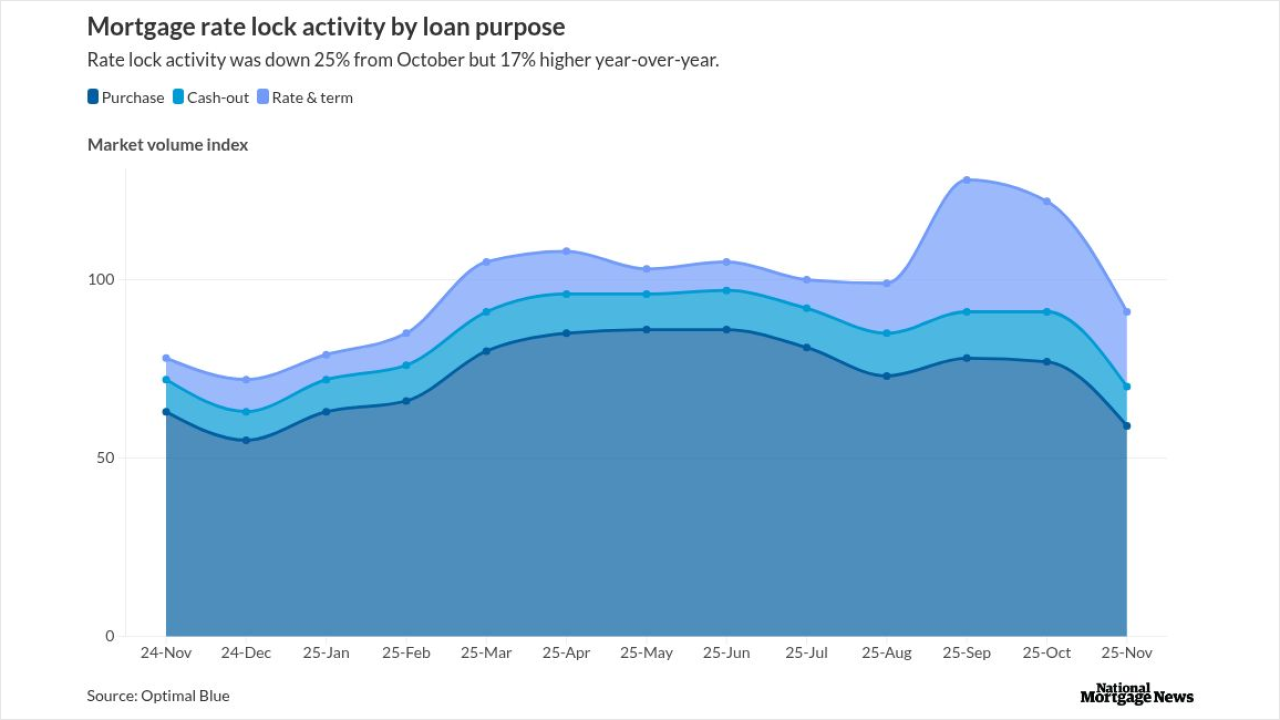A boutique shop with the resources of one of the largest asset managers, Brandywine Global searches globally for what it describes as long-term value for investors that reaches beyond conventional thinking. Such an approach naturally leads it to the securitization market's wide variety of asset classes and complex structures, as well as some of the highest fixed-income returns so far this year.
Starting out as Brandywine Asset Management in 1986, the firm first dipped its toes into large- and small-cap stock value strategies. It introduced global fixed-income strategies six years later, and in 1998 it was acquired by Legg Mason, which two years later was acquired by Frank Templeton, with assets under management (AUM) of more than $1.50 trillion. Brandywine invests independently from its parent and currently manages $53 billion in assets, of which $41.3 billion is fixed-income, while leveraging Franklin's distribution and marketing footprint and increasingly its infrastructure and operational support.
Tracy Chen, Brandywine's head of global structured credit investing, discussed with Asset Securitization Report (ASR) her outlook for the overall securitization market and focused on residential mortgaged-backed securities (RMBS) and commercial mortgage-backed securities (CMBS), the two largest components. She also identified securitization asset classes with top returns.
Office-sector distress is slow burning. People are working hybrid and there's too much excess capacity and a lot of sublease capacity.
ASR: What is Brandywine's outlook for the overall securitization market?
Chen: New issuance in the securitization market has declined since 2021. We have some net-positive issuance in agency residential mortgage-backed securities (RMBS), commercial mortgage-backed securities (CMBS) and collateralized loan obligations (CLOs), but the other sectors are slightly negative or de minimis. I'm constantly asking myself, 'Why is this market not growing as fast the high-yield (HY) or corporate-bond markets?' If issuance is shrinking, people lose interest in the market overall.
ASR: Which asset classes are most attractive and least appealing?
Chen: Agency RMBS is most attractive, and CMBS is riskier. Agency RMBS is a rate rather than credit product because of government backing, so prepayment is a critical factor. Mortgage rates are at a historically high 7.8% while existing home buyers' average rate is just above 3%. So almost nobody is in the money to refinance and prepayment speed is very slow—very positive for agency RMBS fundamentals.
ASR: Is there risk?
Chen: Getting the rate call correctly. If you believe higher rates will last longer, then it's probably too early to buy agency RMBS because you're investing the spread tightening, and that's secondary to [the] compression of yield. You're shorting the prepayment option, and when there's higher volatility, that option will have more value. So if the underlying Treasury yields go higher, your agency RMBS will lose money because the spread doesn't tighten.
We deem the spread of agency RMBS very attractive. However, the technicals are not so great. The Federal Reserve and large banks were the biggest buyers of agency RMBS, and neither is buying now, leaving money managers like us who need higher compensation to enter the market.
ASR: When might entering the RMBS market become more attractive?
Chen: My view is that rates may stay higher for longer. The term premium at the long end [of the Treasury curve] should go higher because we have higher inflation volatility and higher default and downgrade risk for Treasuries because of [federal] fiscal largesse. We also have massive Treasury supply due to higher government borrowing requirements. Recent Treasury auctions have not gone well.
We need an exogenous risk to break this vicious cycle—a crack in the labor market, a flair up of geopolitical risk or a credit-market squeeze, or a sharp global economic slowdown, etc.—which triggers the Fed to pause [rate hikes]. Perhaps later next year when we start to see recessionary signals. It will probably take a bit longer for this trade to work out.
However, the carry is still attractive. Whenever there's a recession that's not driven by the housing market, agency RMBS should outperform investment-grade corporates.
We need an exogenous risk to break this vicious cycle—a crack in the labor market, a flair up of geopolitical risk or a credit-market squeeze, or a sharp global economic slowdown.
ASR: Where are the commercial real estate (CRE) risks?
Chen: Besides office, we see problems in multi-family housing. The retail sector isn't talked about anymore but is still declining. Other sectors are performing well, such as industrial, warehouses, and data centers. Even hotel is doing fine.
First and foremost, office-sector distress is slow burning. People are working hybrid and there's too much excess capacity and a lot of sublease capacity. Buildings built before 2005 fare much worse, and there are different classes of buildings. They each fare differently, but overall office property distress will take longer to work out.
The most common metric [for office properties] is the capitalization (cap) rate—the net income a building generates divided by its price—and that has yet to be adjusted. The spread between the cap rate and Treasury bonds is very narrow, now at 7.6% when it should be over 10%. It hasn't been adjusted because transaction volume is so low, and until that is adjusted it's not the time to invest.
ASR: Where are the issues with multi-family CRE?
Chen: The problems with multi-family sector are mostly due to over-building, resulting in slowing rent growth and property prices down by over 10%. People moved to Southern cities during Covid and that resulted in more building in those hot markets, creating excess capacity. The multi-family sector problem is more cyclical, rather than structural like office, so it will take time to work out.
ASR: How do you see the anticipated maturity wall for office CRE playing out?
Chen: Historically, 80% of office CRE loans are successfully refinanced, and we think that could drop below 70%. Most banks and insurance companies will work together with borrowers to mend and extend loans, so we don't think there will be a lot of foreclosures and liquidations. Historically, 65% of troubled loans will be extended, kicking the can down the road.
But we don't see systemic risk there. If we look at the maturity wall, there will be between $300 billion and $500 billion of loans maturing annually over the next three to five years. However, that's mostly on regional banks' books; in CMBS, it's only $20 billion to $30 billion maturing each year.
ASR: Which cities are most problematic for office CRE?
Chen: Cities like San Francisco, Los Angeles and Chicago. Boston should be better because it has lots of life-sciences buildings designed for bio-science research. Manhattan will come back because there are lots of conversions happening from commercial to residential, plus it has newer buildings such as Hudson Yards, and it has the financial sector which saw fewer layoffs than the tech sector.
ASR: Where are the most attractive securitization investments today?
Chen: An advantage of the securitization market is its large selection of floating rate instruments. If you think rates will stay higher for longer, you should invest in floaters. For example, Fannie Mae and Freddie Mac's floating-rate credit-risk transfer (CRT) securities are not guaranteed by the government but their collateral is [guaranteed] agency mortgages. That sector has been doing really well and CRT coupons are 9% to 11%, and year-to-date returns are as high as 15% to 18%.
The other sector where you find higher returns is CLOs. If you're comfortable with leveraged loan fundamentals, even CLO AAAs are trading very wide right now. CLO BBs are the star performer year-to-date, returning more than 16%—better than U.S. high-yield corporates, and they're floaters.




